Even though smartphones do not need to be turned off most of the time, there are still benefits of shutting them down from time to time. In fact, iPhone devices will often perform better after restarting them.
Aside from clearing memory and apps, turning off iPhones from time to time can help preserve their battery life. There are more advantages to turning off iPhone devices, so check them out below.
There are also various ways to turn off iPhones based on which model you have. Learn the different methods to turn off an iPhone below.
- Turning Off iPhones
- Turning Off the iPhone X and 11
- Turning Off the iPhone SE 2nd Generation
- Learning the Advantages of Turning Off iPhone Devices
- Knowing the Advantages of Using an iPhone
- Choosing to Update the iOS Version of iPhones
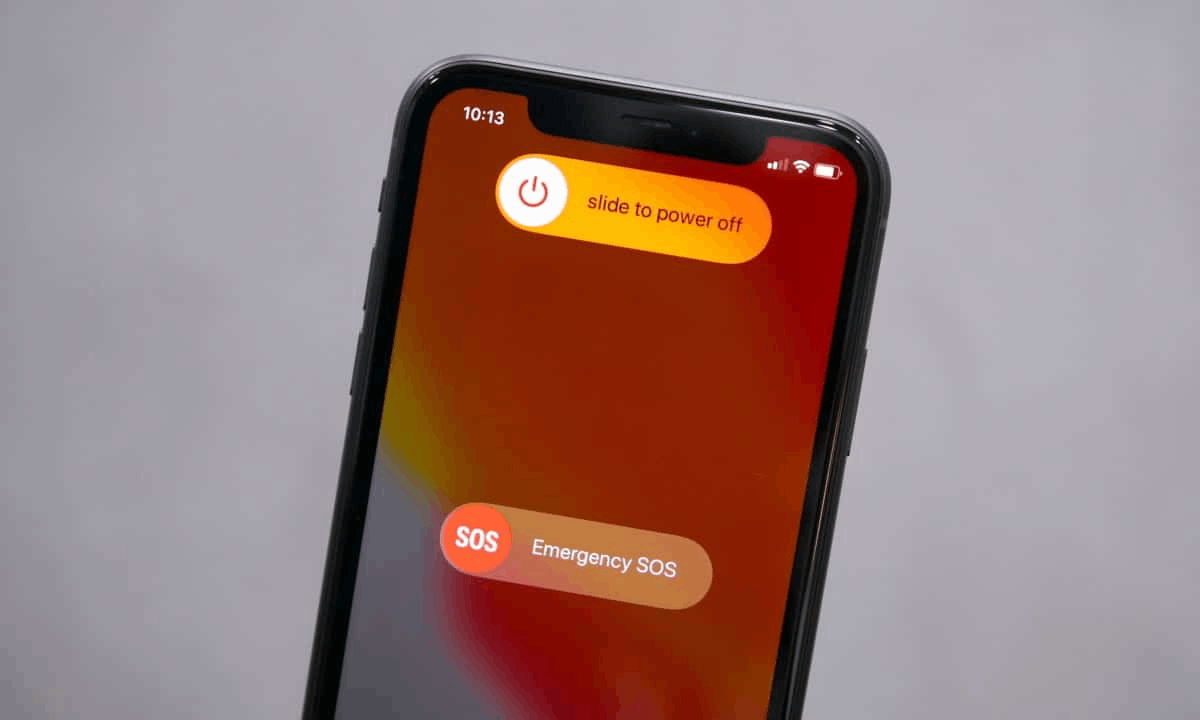
Turning Off iPhones
Turning on a mobile device is the first step of using it. Regardless of the model and brand, smartphones always feature a way to turn on and turn off the devices. The turning on or off method varies depending on the brand and the model.
Apple’s iPhones have distinct ways or methods to turn them off. Since Apple continuously develops and upgrades the devices, the change in the look and hardware of iPhones is inevitable.
iPhone users must know how to turn off their respective devices since different methods exist. They cannot rely on general explanations or steps for turning off their iPhone devices as they are specific to the model.
As such, it is advisable that before reading the steps below, iPhone users know the specific model of their iPhones. It can be as old as iPhone 5 or 5S, to the latest iPhone 12 Pro Max or iPhone 13.
iPhone Buttons
Besides the iPhone model, people should also know the hardware buttons that their device has. These buttons will be important for knowing how to turn off your respective iPhone. It is recommended that you explore these buttons first.
Each button has a unique or distinct function. First, there is the “Sleep/Wake” button, sometimes called the “Side button,” which can be found on the top of the device or the right side. The button makes the device sleep or wake and eventually turn on and turn off.
Moreover, there are “Volume Up” and “Volume Down” buttons that, of course, change the volume. However, sometimes these volume buttons have special functions, including power functions. Older models of the iPhone also have the “Home” button.
Turning Off the iPhone X and 11
Some of the later models of iPhones are iPhone X and iPhone 11. Since these two models are almost the same generation), they have similarities in functions and hardware buttons.
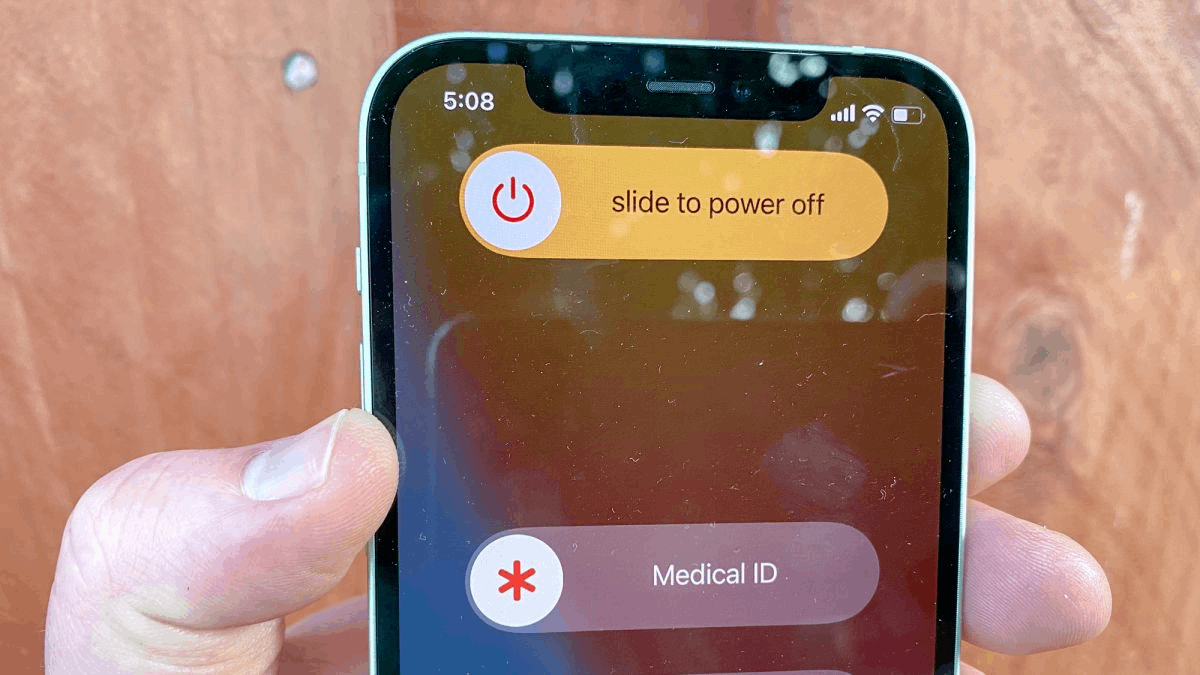
Thus, iPhone X and iPhone 11 models also have the same turn-off method. First, users need to press and hold two buttons simultaneously: a volume button and the right side button.
These models can be turned off using either of the volume buttons (up or down). It is important that users press the buttons simultaneously, or else they will not be successful. Aside from pressing simultaneously, users have to hold the buttons for a few seconds.
They have to wait for the slider to appear on the screen. This slider will confirm that the user wants to turn off the device by sliding the “Power” icon to the right. It is important to note that it may take up to 30 seconds for the iPhone device to shut down fully.
Turning Off the iPhone SE 1st Generation 5 or Earlier
Those still using the iPhone SE 1st Generation of models, iPhone 5 and earlier, have similar ways to turn off their devices. First, they need to press and hold the top button or the “Power” button.
This button is found on top of the iPhone device close to the edge on the right side. Users need to hold the button for a few seconds and wait for the slider to pop up on the screen. They also need to swipe the slider to the right to turn off the device successfully.
There is also a special function or command that users can do using the Power and Home buttons. If the users just want to force a restart on the iPhone device, they must press and hold the two buttons simultaneously. They will need to keep pressing until the Apple logo appears.
Turning Off the iPhone SE 2nd Generation
iPhone models have a category or group based on the year they were released. The first generation includes the iPhone 5 and earlier models. Meanwhile, the second generation is the iPhone 6, 7, and 8 models.
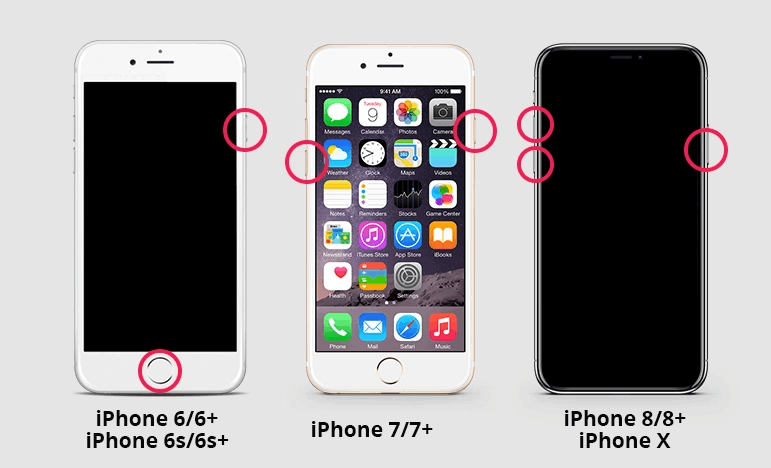
These iPhone models have the same method of turning off or shutting down. It starts with pressing and holding the right side button or the “Sleep/Wake” button. Unlike the step on turning off iPhone X or 11, there is no need to press and hold a volume button.
Then, users have to wait for the slider to appear and slide the “power” icon to the right to turn it off. Note that users need to lift their fingers once the slider appears. There are only steps needed to turn off these iPhone devices.
In addition, it is also simple to turn on the iPhone devices by simply pressing and holding the right side button again. This time, users have to wait for the Apple logo to appear before lifting their fingers.
Turning Off the iOS 11 and Later
Besides the hardware buttons, users may also opt to turn off the device by using the “Settings” menu. However, this function is only available on iPhone devices running on iOS 11 and later.
First, they have to open “Settings” and look for “General,” which is at the top of the third group of settings. Then, users need to scroll until they find the “Shut Down” button.
After tapping the “Shut Down” button, the slider will appear automatically. Users need to drag the slider to the right to shut down the iPhone device.
Learning the Advantages of Turning Off iPhone Devices
There may be several reasons people turn off their iPhone devices, such as charging, restarting, or hard resetting. Regardless of the reason, it is advisable to turn off the device occasionally, even if smartphones do not require shutting down automatically.
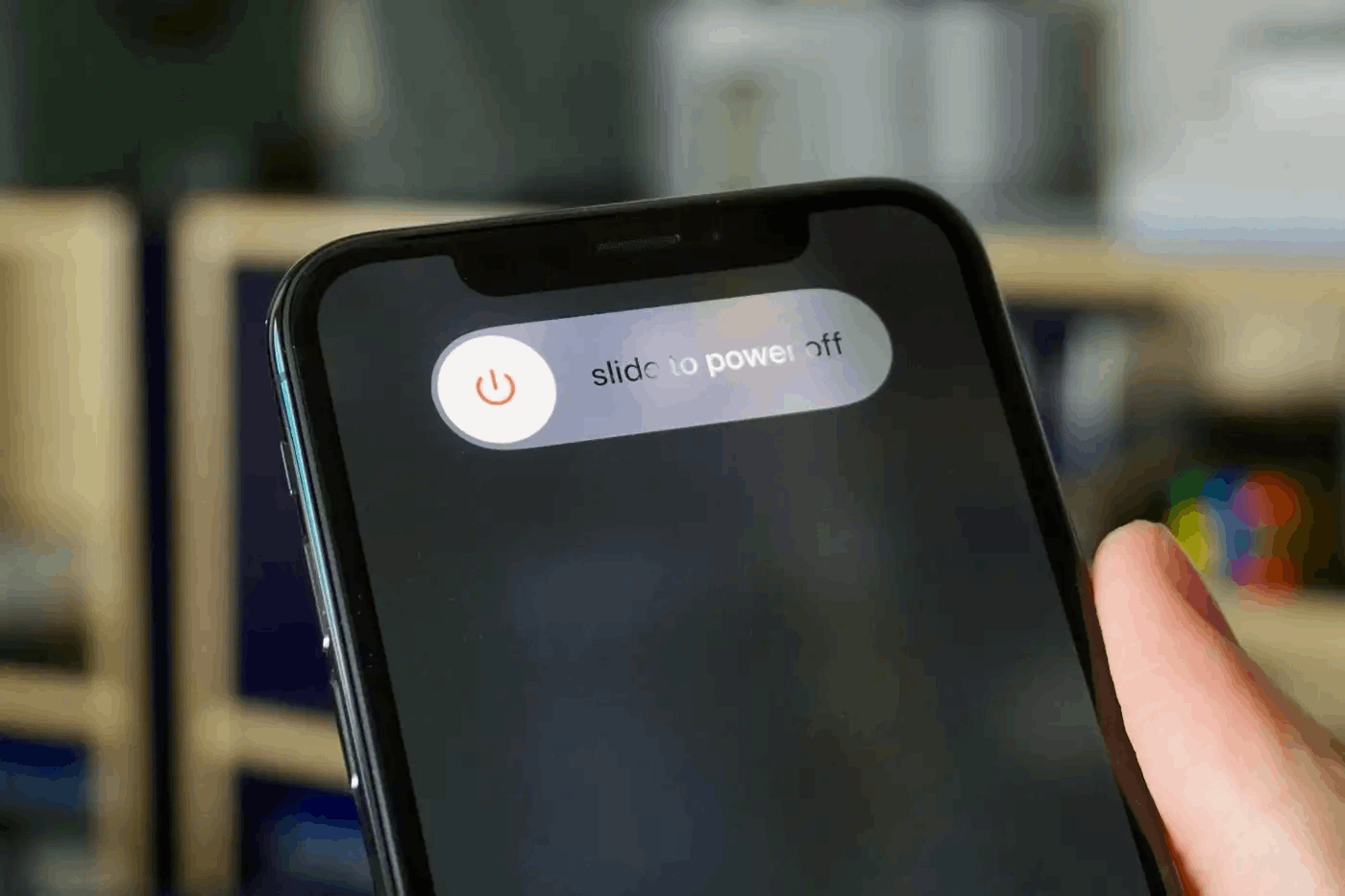
Here are some of the advantages of turning off iPhones. First, turning off the iPhone device can help it improve overall performance for better and smoother usage. Restarting the iPhone device can also be considered the best way to refresh the smartphone.
It is common knowledge that restarting an iPhone will improve the device’s performance by refreshing its memory. The cache will also be cleared, freeing up more space, especially RAM storage.
Although Apple provided a great technology for iOS to manage memory on its own, it is still recommended to help the iPhone device manually clear the memory.
Preserve the iPhone's Battery Lifespan
Even though there is no proven link between turning off iPhones while charging and preserving battery health, it is still advisable to have the device turned off.
It is proven that charging will be much faster when the device is turned off. When users charge their iPhone while it is on, it still requires power, making the charging process a little slower.
Apple developed a feature wherein the device learns from the daily charging habits of the users to help them improve the lifespan of the battery. As such, Optimized Battery Charging is available on devices running on iOS 13 or later.
Knowing the Advantages of Using iPhone
Apple is dedicated to improving the quality of iPhone devices, like preserving battery health. iPhone users know that having this kind of device as their go-to smartphone has great benefits.
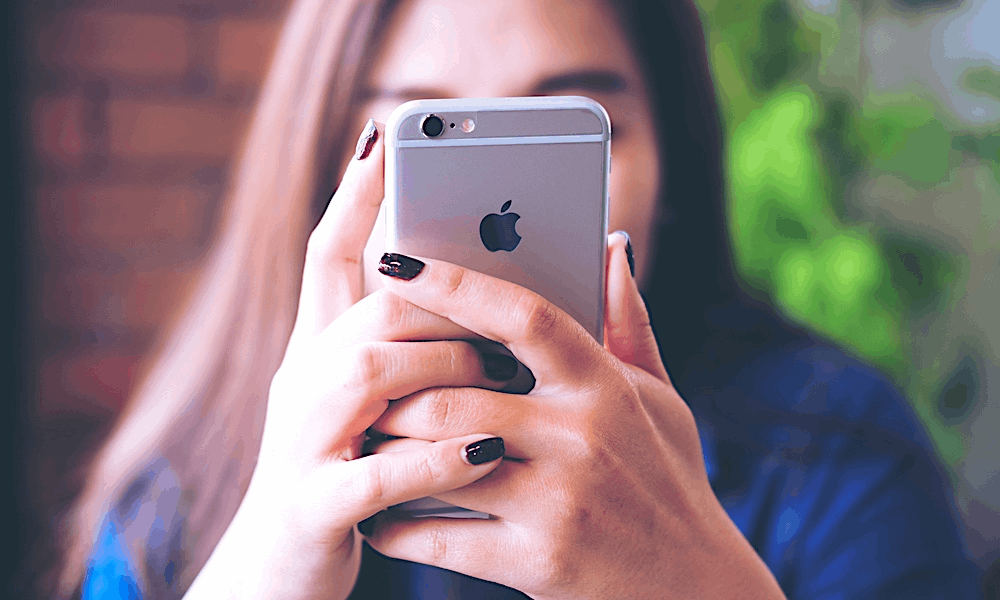
First of all, long-time iPhone users know that the devices are still easy to use even though there are updates and upgrades on the hardware and software. The user-friendliness of the iPhone stems from the idea that the look of iOS has not changed drastically over the years.
Apple is known to have produced one of the strongest security systems for its products. iPhone device users need not worry about any potential threats or risks as Apple has proven that its iOS is almost immune to malware.
Mac and iPhone Devices Compatibility
One of the biggest advantages of the iPhone is its compatibility with Macs. Apple ensured that users would have the best experience when using both iPhone and Mac devices.
Apple products can be used across devices wherein users can work using their iPhones and eventually use the app on their Mac. It is also possible to send and receive messages from the Mac device to the iPhone device even if they are 1,000 miles apart.
The AirDrop feature makes it easy to transfer files, videos, and photos over Wi-Fi on Mac and iPhone devices. In addition, iCloud keeps everything in sync so users can access all their files, whether Mac or iPhone.
Choosing to Update the iOS Version of iPhones
Another advantage of using iPhones is that users have control over the operating system. The recent change on iPhone devices is that it will not automatically install the latest version of iOS without the users’ permission.
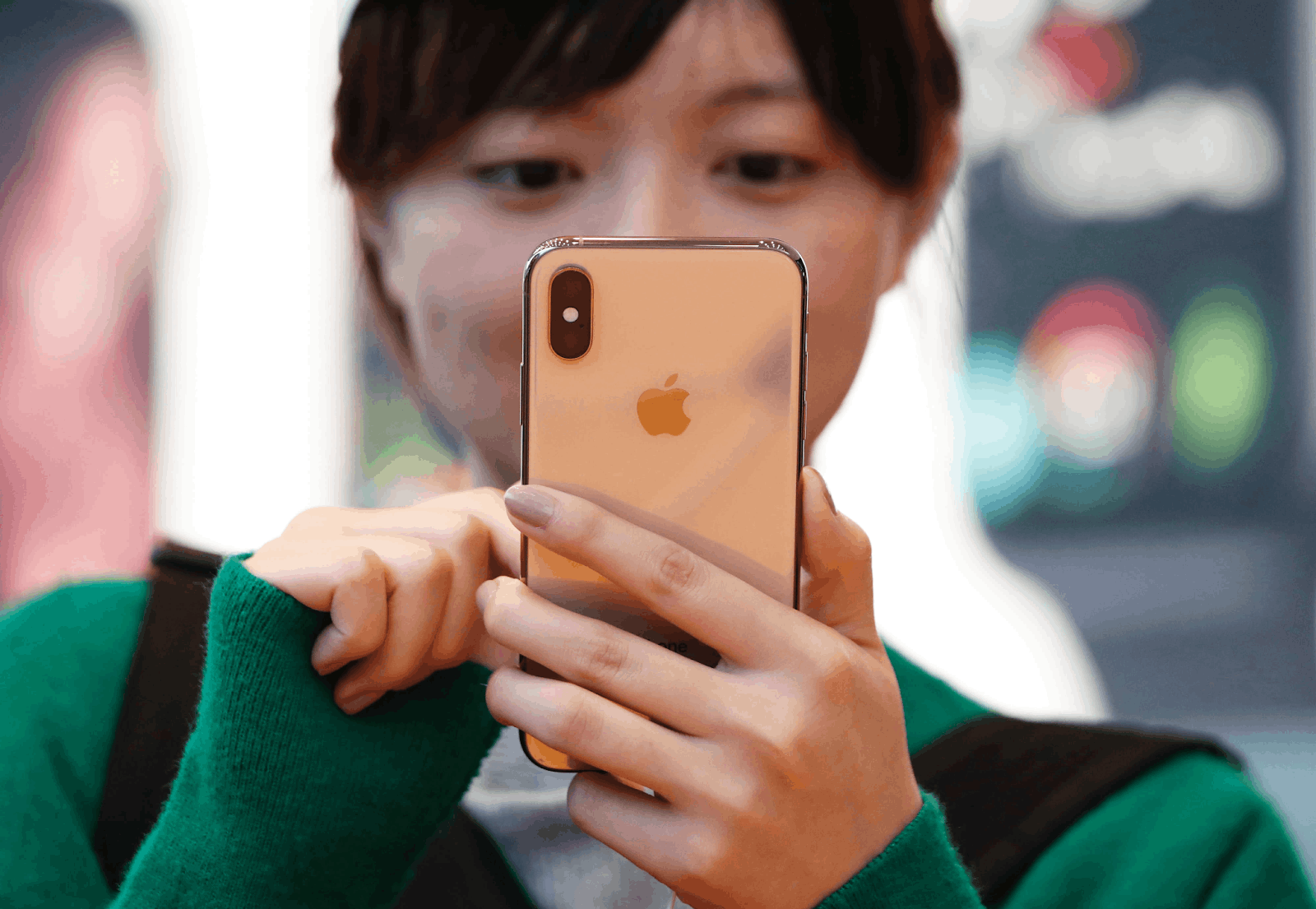
This feature is helpful for those who already love the current version of iOS and do not want to change. Moreover, Apple provides a comprehensive report on the changes to the new version of iOS so that users will be properly informed before deciding to install the new version of iOS.
Accessibility Features
iPhones are also recognized for having great accessibility features. Apple embedded built-in accessibility features that are adaptive and assistive.
These accessibility features support the idea that iPhones are indeed user-friendly. Some of the accessibility features are Apple’s voiceover, larger text sizes, interface zoom, black-on-white text-to-screen, and many more.
Conclusion
We hope this guide was helpful for you! Now you know how to turn off a variety of iPhone devices. Remember to do this every so often to keep your iPhone working optimally.







